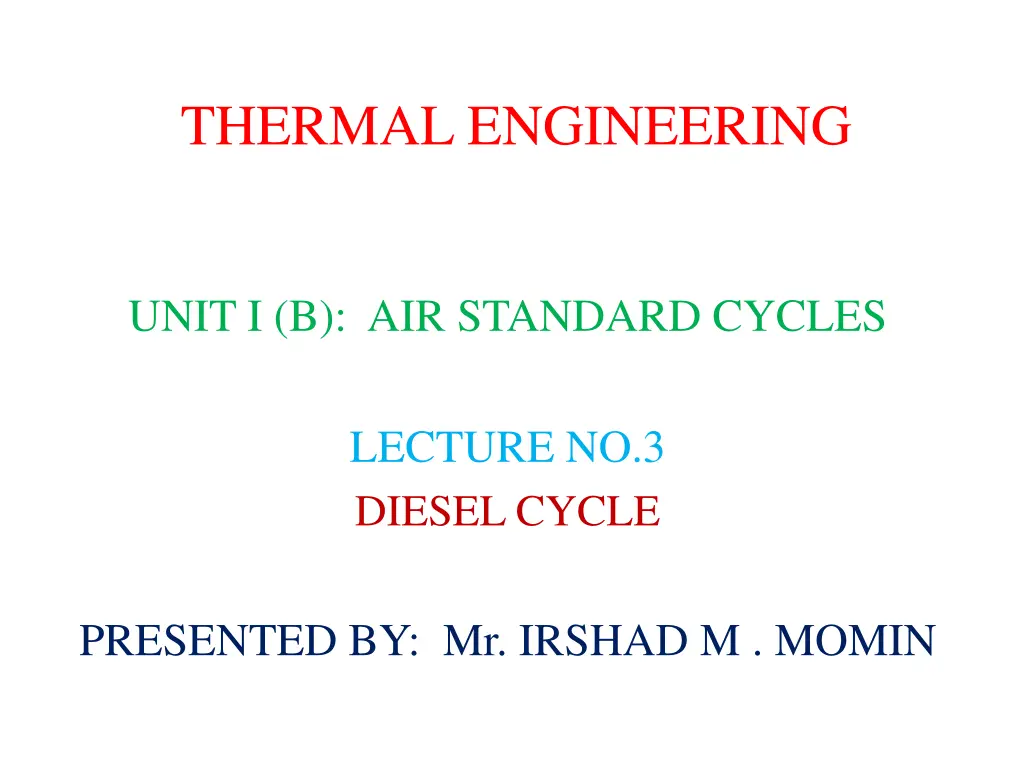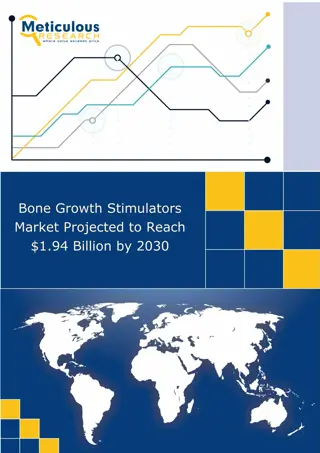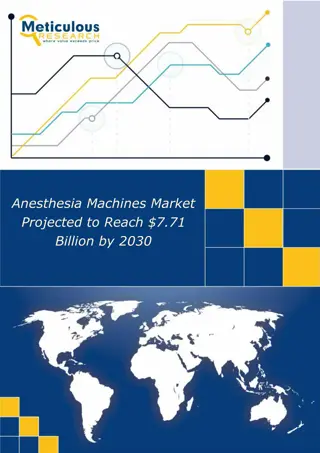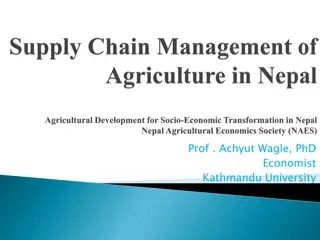
Ideal Diesel Cycle Efficiency and Analysis
"Learn about the Diesel cycle, its processes, efficiency calculations, and ideal performance with detailed illustrations and example calculation included."
Uploaded on | 1 Views
Download Presentation

Please find below an Image/Link to download the presentation.
The content on the website is provided AS IS for your information and personal use only. It may not be sold, licensed, or shared on other websites without obtaining consent from the author. If you encounter any issues during the download, it is possible that the publisher has removed the file from their server.
You are allowed to download the files provided on this website for personal or commercial use, subject to the condition that they are used lawfully. All files are the property of their respective owners.
The content on the website is provided AS IS for your information and personal use only. It may not be sold, licensed, or shared on other websites without obtaining consent from the author.
E N D
Presentation Transcript
THERMAL ENGINEERING UNIT I (B): AIR STANDARD CYCLES LECTURE NO.3 DIESEL CYCLE PRESENTED BY: Mr. IRSHAD M . MOMIN
CONSTANT PRESSURE OR DIESEL CYCLE Introduced by Dr. R. Diesel Unlike Otto cycle, heat is supplied at constant pressure. 1-2Adiabatic compression. 2-3 Constant pressure heat addition. 3-4Adiabatic expansion. 4-1 Constant volume heat rejection. The point 1 in the figure represents that cylinder is full of air with volume V1, pressure p1 and absolute temp T1. The piston then compresses the air adiabatically (i.e. pv^gamma = const.) till the values become p2, V2 and T2 respectively (at the end of the stroke) at point 2.
CONSTANT PRESSURE OR DIESEL CYCLE Heat is then added (supplied) at a constant pressure. During this heat addition let volume increases from V2to V3 and temp T2 to T3 corresponding to point 3. this point (3) is called the point of cut-off. The air then expands adiabatically to the conditions p4, V4 and T4 respectively corresponding to point 4. Finally, the air rejects the heat to the cold body at constant volume till the point 1 where it returns to its original state.
CONSTANT PRESSURE OR DIESEL CYCLE 1-2Adiabatic compression. 2-3 Constant pressure heat addition. 3-4Adiabatic expansion. 4-1 Constant volume heat rejection.
CONSTANT PRESSURE OR DIESEL CYCLE 1-2Adiabatic compression. 2-3 Constant pressure heat addition. 3-4Adiabatic expansion. 4-1 Constant volume heat rejection.
CONSTANT PRESSURE OR DIESEL CYCLE Consider 1 kg of air (working substance) Heat addition (supplied) at const pressure = Cp (T3 - T2) Heat rejected at constant volume = Cv (T4 - T1) Eff.. of Diesel cycle = (Work done) / (Heat Addition) = (W) / (H.A.) = (H.A. H.R.) / (H.A.) - - - - (1)
The compression ratio of an ideal diesel cycle is 15. The heat transfer is 1465 kJ/kg of air. Find the pressure and temperature at the end of each process and determine air standard efficiency if the inlet conditions are 300 K and 1 bar. Assume C v = 0.712 kJ/kg K & R= 287 J/kg K. GIVEN DATA V1 /V2 = 15 H.A. = 1465 kJ/kg T1 = 300 K p1 = 1 bar R = 0.287 kJ/kg K Cv = 0.712 kJ/kg K Cp Cv = R Cp = 1 kJ/kg K = 1.4
P2= 44.31 bar = P3 T2= 886.25 K Assuming mass of air m = 1 kg From data H.A. = 1465 kJ/kg = mCp (T3 - T2) T3= 2351.25 K Using equation p1V1 = m R T1we find V1= 0.861 m^3 = V4
From data V1 /V2 = 15 V2 = 0.0574 m^3 For const. pressure process 2-3 V2 /T2 = V3 /T3 V3= 0.1522 m^3 For adiabatic expansion process 3-4 T4 = 1175.87 K p4 = 3.91 bar H.R. = Cv (T4 - T1) =0.712(1175.87-300) = 623.61 kJ/kg Eff = W/ H.A. = (H.A H.R.)/ H.A. = (1465- 623.61)/ 1465 = 0.5743 = 57.43%
A diesel engine working on the ideal cycle draws in air at a pressure of 110 kPa and temperature of 288 K. The air is compressed adiabatically to 3.5 MPa. Heat is taken in at constant pressure and expansion takes place adiabatically, the ratio of expansion being 5. The air is exhausted at the end of the stroke at constant volume. Calculate - i) the temperature at all key points of the cycle, ii) the heat received per kg of working fluid, iii) the heat rejected per kg of working fluid, iv) the ideal thermal efficiency. Assume CP = 1.0035 kJ/kg K & CV = 0.7165 kJ/kg K. GIVEN DATA p1 = 110 kPa = 110 x 10^3 N/m^2 p2 = p3= 3.5 MPa = 3.5 x 10^6 N/m^2 T1 = 288 K V4 /V3= V1 /V3 = 5 since V4 = V1 Cp = 1.0035 kJ/kg K, Cv = 0.7165 kJ/kg K Cp Cv = R Hence R = 0.287 kJ/kg K = 1.4
Using equationp1V1 = m R T1we find V1= 0.7514 m^3 = V4 For adiabatic compression 1-2 V2= 0.06346 m^3 For adiabatic compression 1-2 T2 = 773.97 K For adiabatic expansion 3-4 p4= 367.71x10^3 N/m^2
V3= 0.1502 m^3 For const. pressure process 2-3 T2 /V2 = T3 /V3 T3= 1833 K For adiabatic expansion process 3-4 T4 = 962.62 K For const. pressure process 2-3, H.A. = mCp (T3 - T2) H.A. = 1 x 1.0035 x (1833 - 774) H.A. = 1062.7 kJ/kg
For const. volume process 4-1, H.R. = mCv (T4 - T1) H.R. = 1 x 0.7165 x (962.62-288) H.R. = 483.36 kJ/kg Efficiency = W/ H.A. = (H.A H.R.)/ H.A. = (1062.7- 483.36)/ 1062.7 = 0.5451 = 54.51%






















